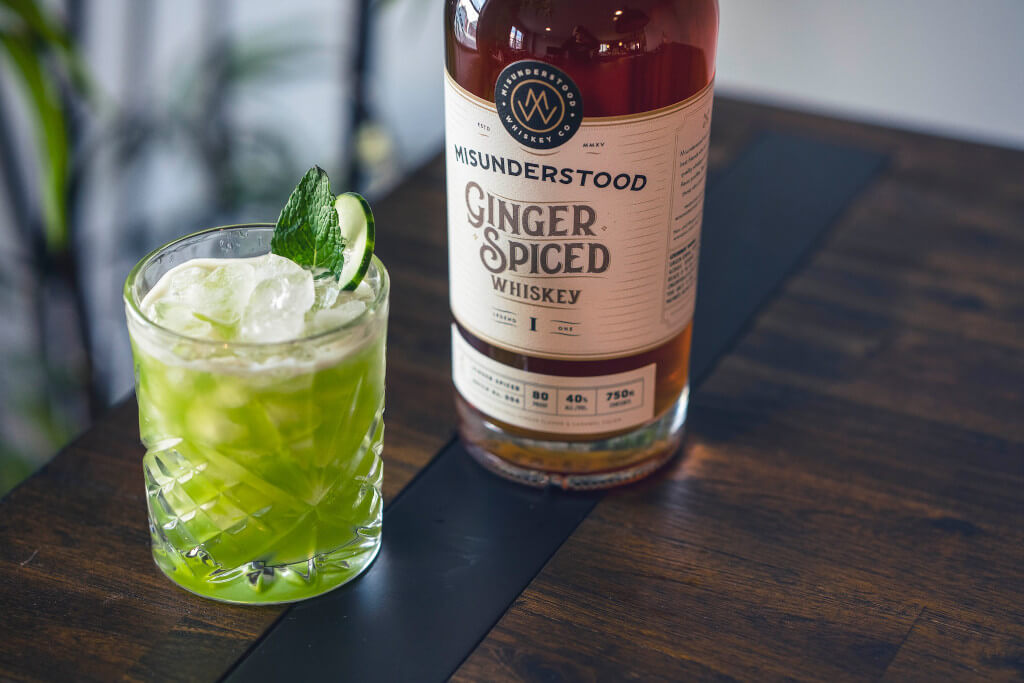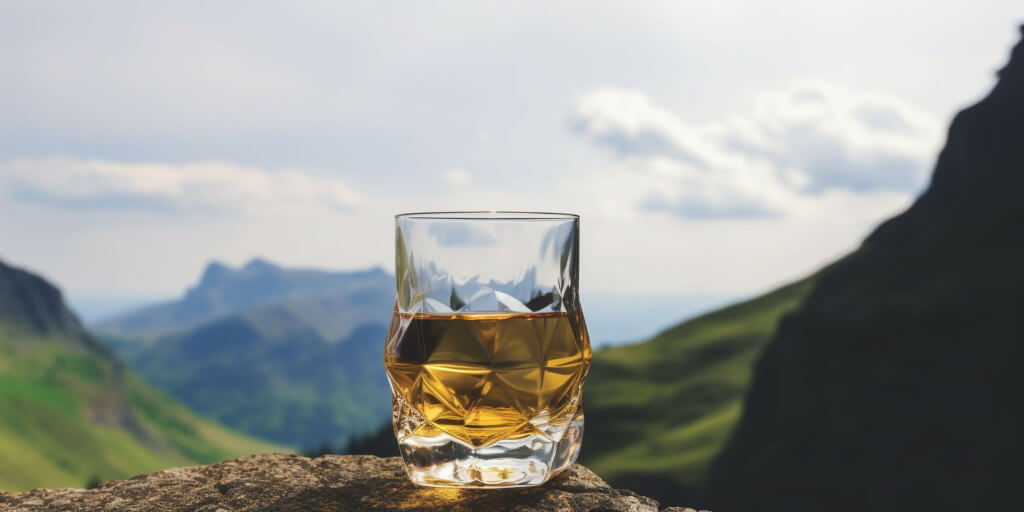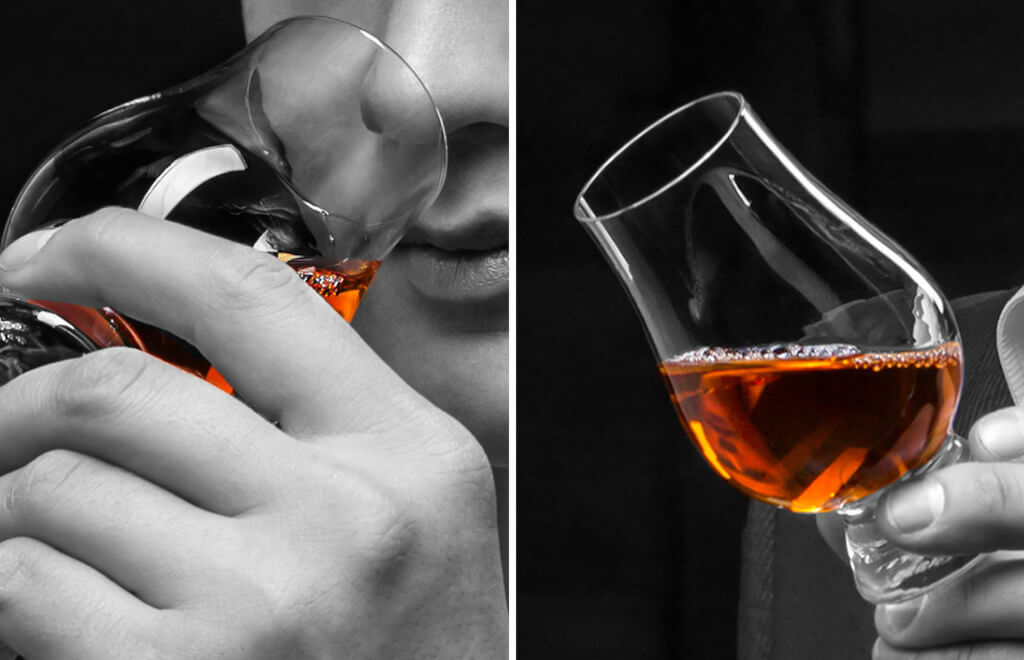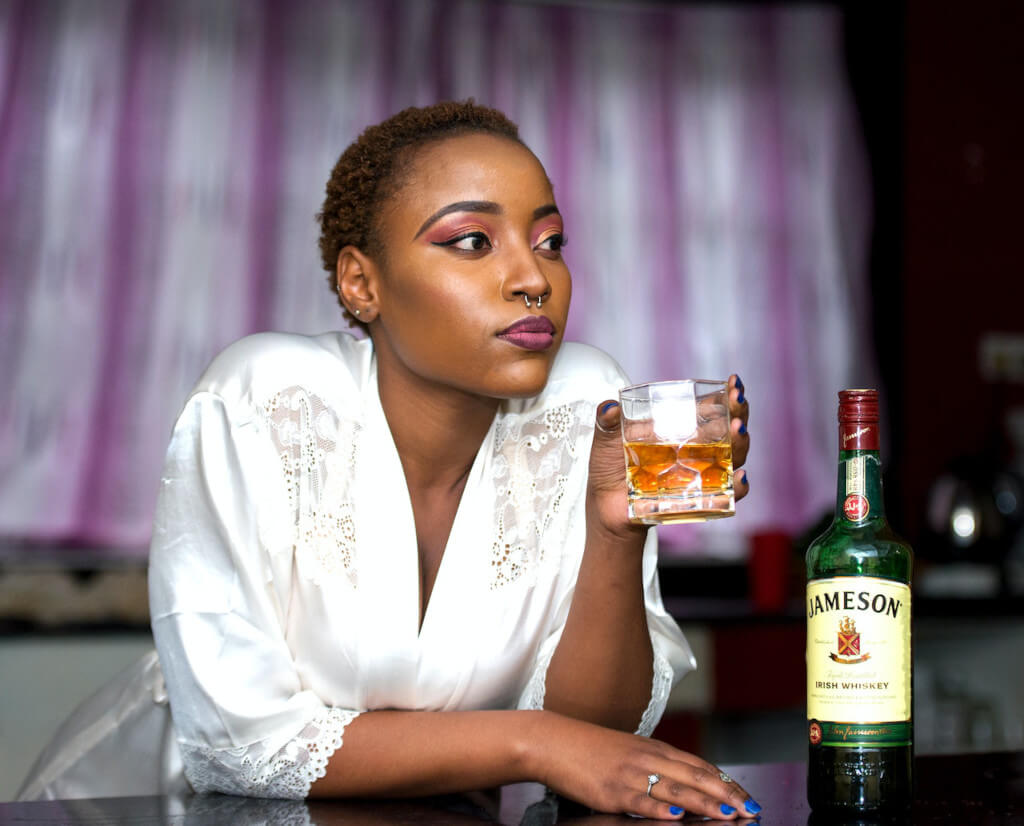Whiskey cocktails have benefited greatly from the recent revival of the cocktail in the United States. Whether Scotch, bourbon, or another variety, whiskey is a fantastic addition to cocktails and is a necessary component of many standards. But where did the names of these age-old cocktails come from? Find out where some of the world’s most well-known whiskey cocktail names came from by reading on!
Sazerac
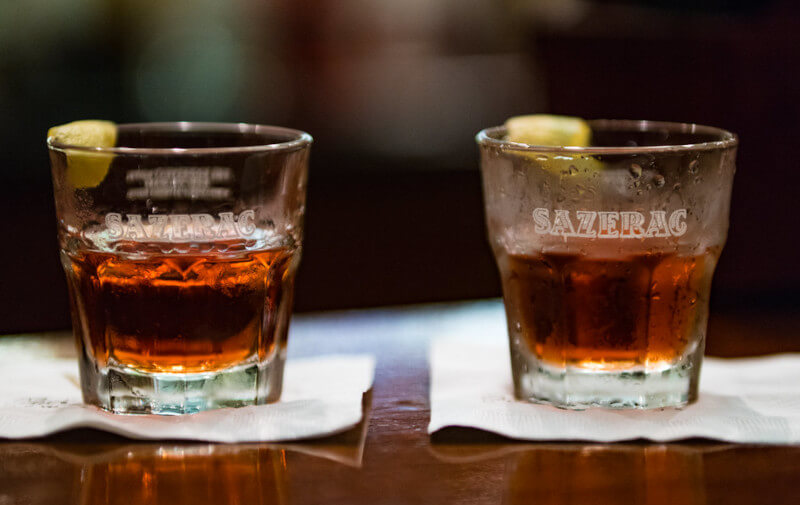
A uniquely Creole cocktail, the Sazerac combines rye whiskey, sugar, pastis, and bitters. Antoine Amédée Peychaud (of Peychaud’s Bitters fame) created it in the 1830s in New Orleans. Originally called the Sazerac because it was made with Sazerac French brandy, the cocktail gradually shifted to using whiskey in the 1870s and became a global phenomenon.
Old Fashioned
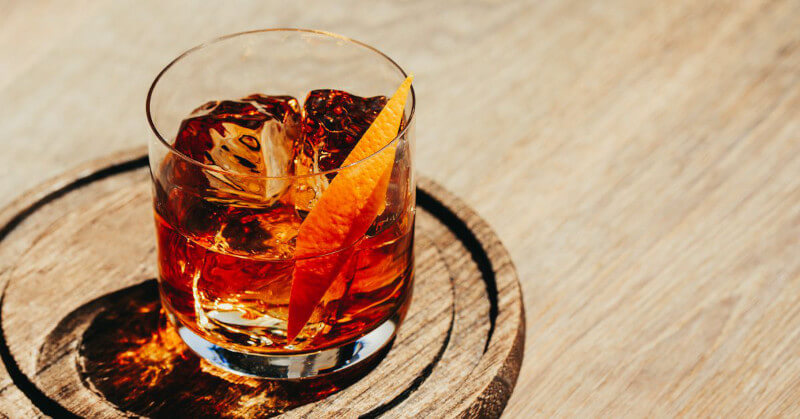
The Old Fashioned is the first and best cocktail, therefore it would be foolish not to mention it first. Spirit, sugar, bitters, and water were combined in the “Bittered Sling” in 1806; this drink was one of the earliest to be called a “cocktail” and would remain popular throughout the decades.
Whiskey Cocktail, as it was once called, was first mentioned in Professor Jerry Thomas’s How to Mix Drinks or the Bon Vivant’s Companion. Shaken and delivered in a wine glass, this original version would give a modern mixologist a mustache curl for all the wrong reasons. However, this was just the start. Fancy European components like chartreuse, maraschino, and absinthe were added to this mixture to create the Improved Cocktail. While this may have been acceptable for younger patrons like your great-grandfather, true gentlemen like your great-great-grandfather preferred the more traditional method of ordering whiskey cocktails, which became the standard by the end of the 19th century.
There is “liberty and invention” in the “many variations that have followed,” as Robert Simonson writes in his book The Old Fashioned. What other cocktail recipe can make such a bold statement?
Whiskey Sour
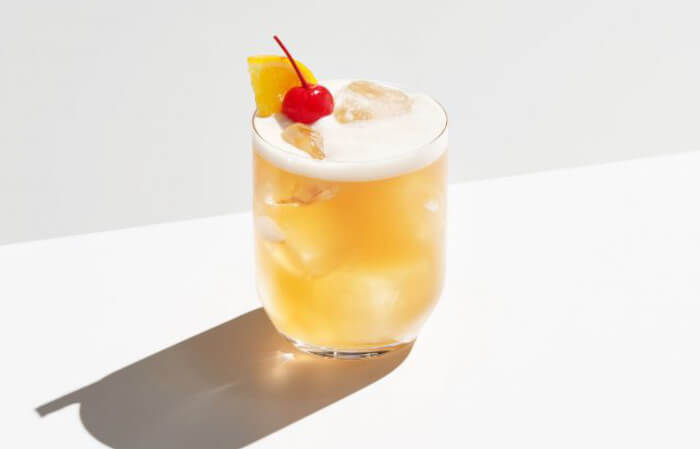
A person who “drinks or cusses like a sailor” is usually looked down upon by society. However, it was discovered that the sailors had mastered the art of surviving on whiskey. Whiskey sours were supposedly being consumed by British Navy personnel even before the 1860s. Spirits (particularly those that were at room temperatures, like whiskey and bourbon) were widely favored to quench a sailor’s thirst because clean water wasn’t always available on long sea excursions. They would also have an endless supply of lemons and limes on deck because Scurvy was always a concern. We may be a little off our rockers, but we have to admire the sailors for coming up with such a brilliant cocktail.
Rob Roy
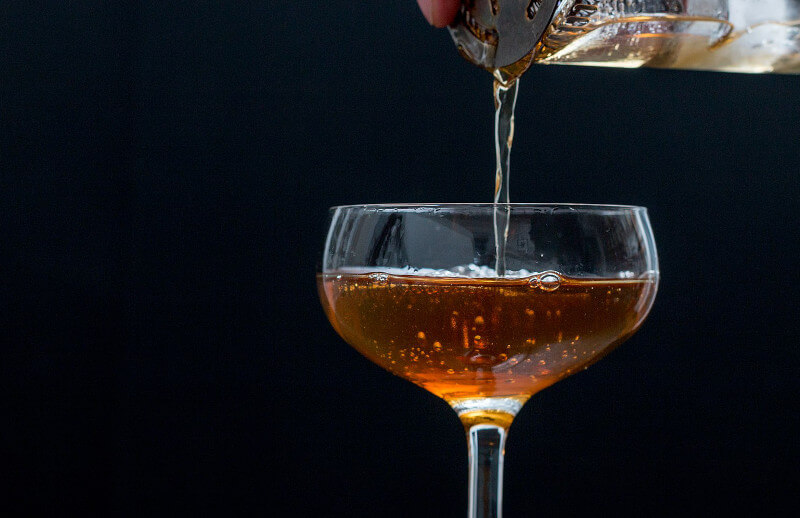
The Rob Roy is a beverage that takes inspiration from the classic Manhattan but is made with Scotch rather than bourbon. It was created at the Waldorf Astoria in New York in the 1890s in conjunction with the premiere of an operetta about the life of Rob Roy MacGregor, a Scottish folk hero, whose story was adapted from the 1817 novel of the same name by Scottish novelist Sir Walter Scott.
Mint Julep
The origin of this classic American combination of mint leaves, sugar, and bourbon, which is great for sipping while watching the famous Kentucky Derby horse race, is unknown. However, the name “julep” may have originated from a previous Arab drink called julab, which consisted of a combination of water and petals of roses. Europeans later adapted this drink by adding mint. Until the cocktail that we know today grew prevalent among Americans in the first decade of the nineteenth century, the word ‘julep’ was additionally utilized by Europeans when referring to sugary drinks. Self-medicating with alcoholic pours has a long history in the American South, with ‘juleps featuring alcohol steeped with mint dating back to the 18th century. Rye would have been used in the first versions of bourbon because its creation didn’t begin until much later. Production didn’t pick up speed until decades later when maize plantings exploded and barrels became the primary means of conveyance.
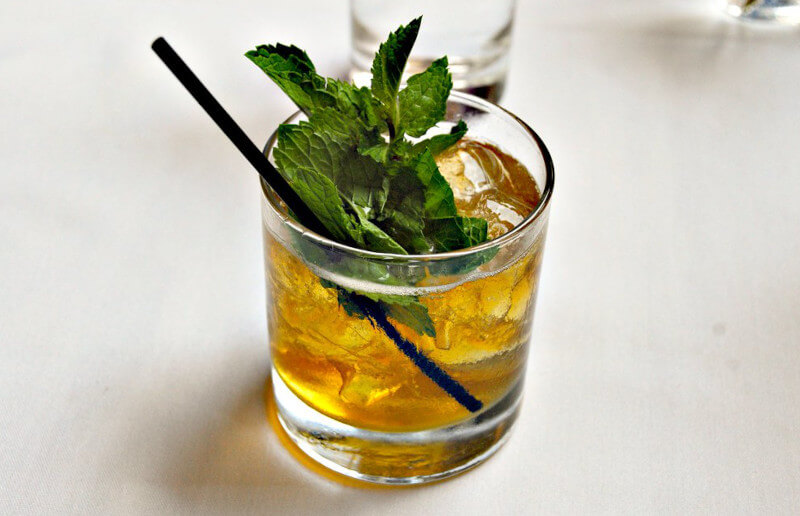
Mint Juleps are synonymous with Southern whiskey because of the drink’s popularity among locals (such as Kentucky senator Henry Clay and Mississippi author William Faulkner) and its long history at the Kentucky Derby horse race (where they have been served legally since the 1930s). Nearly one hundred and twenty thousand Old Forester Mint Juleps, courtesy of Woodford Reserve, are served at the annual Derby.
The alcohol by volume (abv) of the bourbon is the most crucial consideration when making mixed drinks at home; you don’t want to use anything below 47% because the drink will water down too much as the ice melts. Make sure to use good liquor (bourbon, in particular), and use minimal sugar.
Manhattan
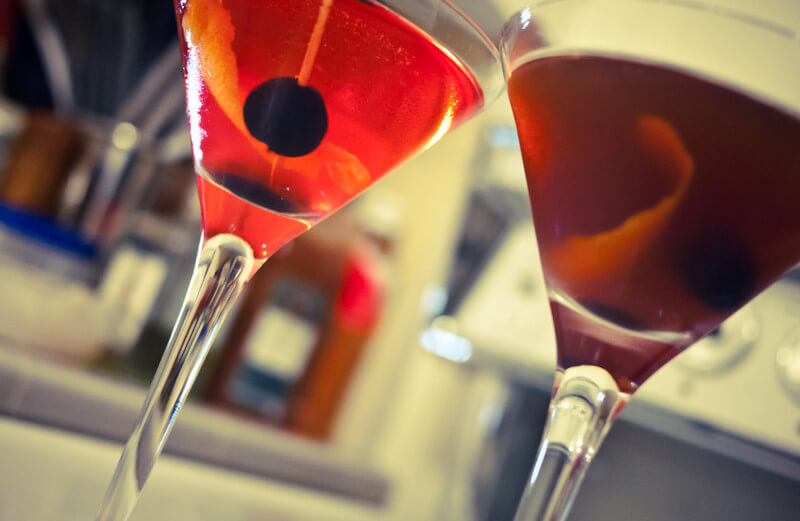
The traditional Manhattan is yet another whiskey drink with an unknown origin. You’ve probably heard the “official” version of events. Dr. Iain Marshall attended a party hosted by Winston’s mother, Lady Randolph Churchill. The cocktail was named after the posh Manhattan Club in New York City, where it was served to him in the 1880s. But historians say Churchill was in England and expecting, so it’s questionable if she was having a good time in New York.
Seelbach
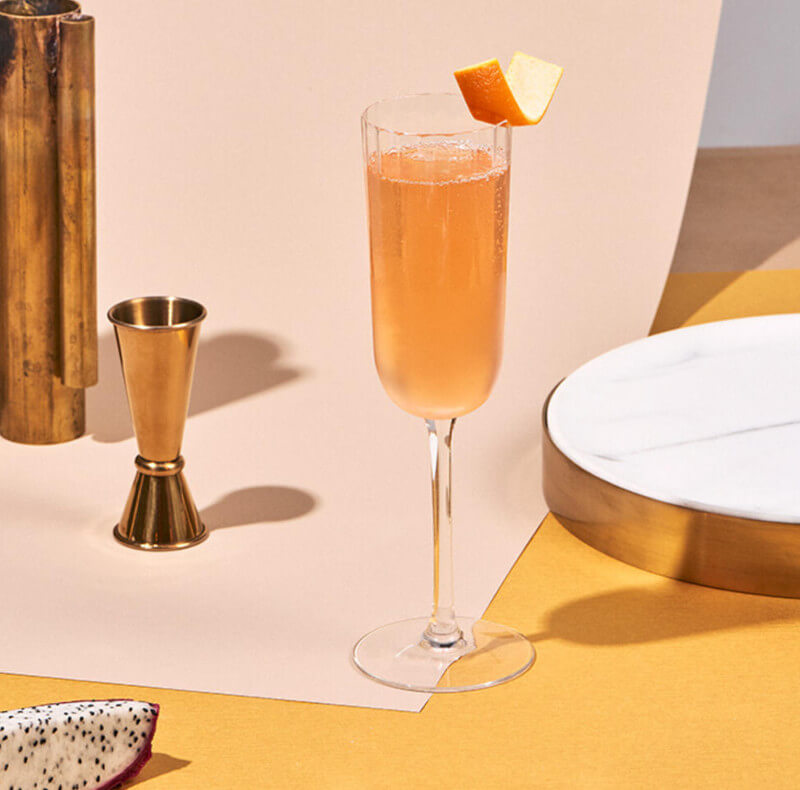
The Seelbach stands out from the crowd since it is a whiskey drink served in a flute. Bourbon, Cointreau (or triple sec, based on the mix), and both Peychaud’s and Angostura bitters are combined to make the Seelbach, which is then topped with Champagne. It was at the Seelbach Hilton in Louisville, Kentucky, in 1917 when it was first developed, hence its name honors that establishment. During the 1930s, when alcohol was illegal, this cocktail fell out of favor, but it made a comeback in the 1990s.
Iris Coffee
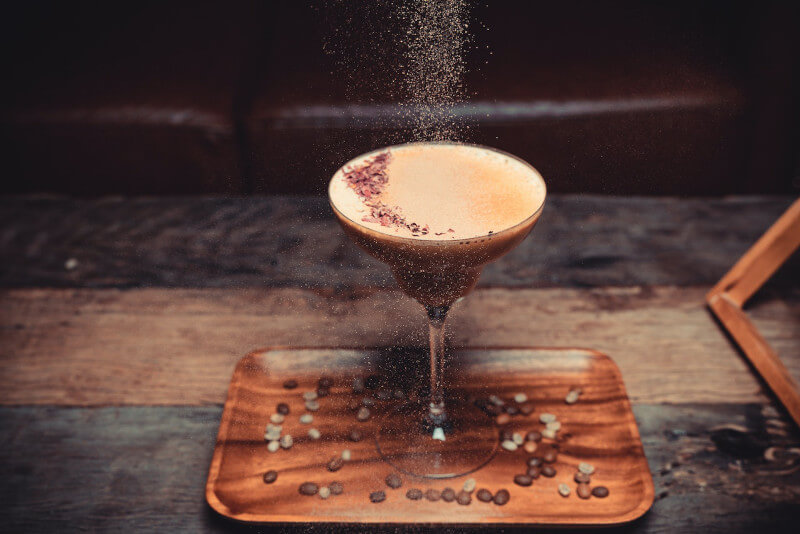
Is this the best you can do? Ireland’s Foynes airport, one of the largest in Europe and a transatlantic aviation hub had a brand new restaurant open close to it in the 1940s. Famous actors and politicians dined there regularly. Bad weather was common, forcing many travelers to wait it out in unsafe locations. When Sheridan saw how chilly and tired the travelers were, he decided to make something that would warm them up and taste good. After an American tried it, he reportedly asked if it was Brazilian coffee, prompting young Sheridan to declare with great pride, “No, sir; it’s an Irish Coffee.” As they say, “The rest is history.”


